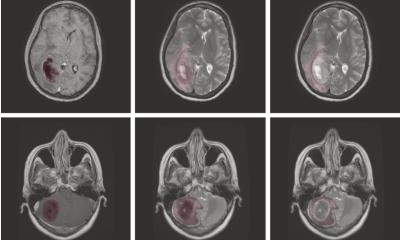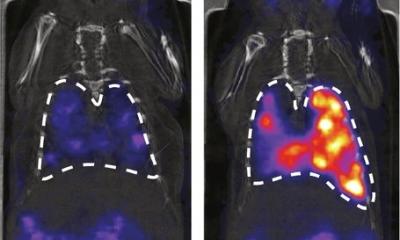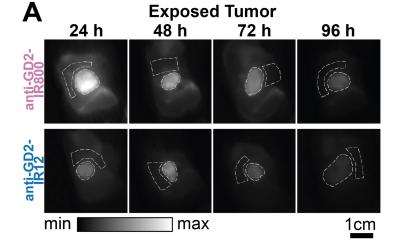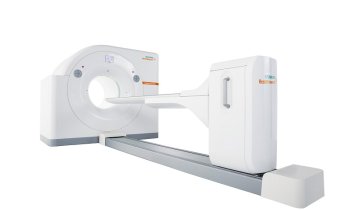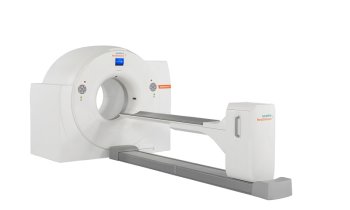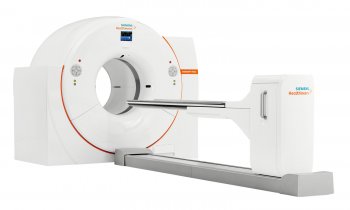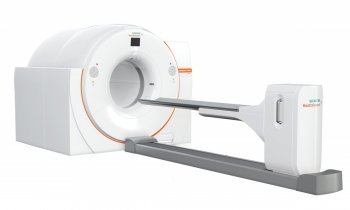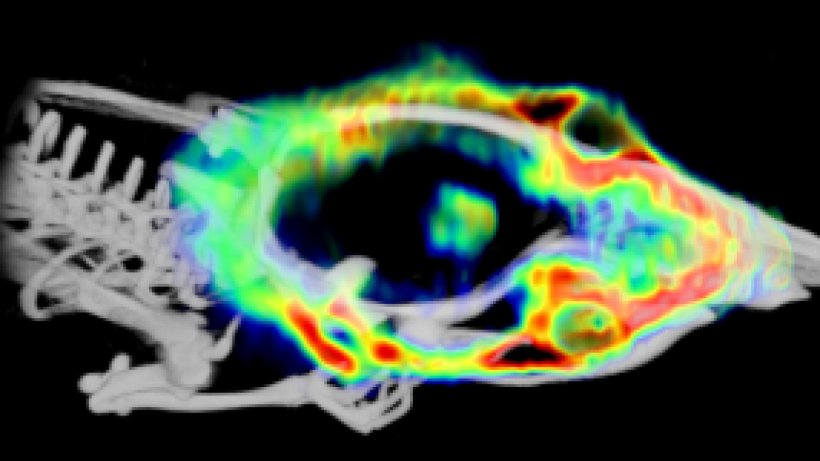
Image source: University of Turku
News • Folate receptor exploitation
PET imaging: new discovery to help detect brain tumours
Folate-based radiopharmaceuticals can be used in positron emission tomography (PET) imaging to detect folate receptors in brain tumours.
The discovery of folate receptors and their exploitation potential with respect to brain tumours is a new and significant finding in the field, the research team from the University of Turku in Finland reports. The results have been published in the journal Frontiers in Immunology.
The discovery is related to gliomas, which are a group of serious brain tumours. Researchers discovered that brain tumours contain increased amount of folate receptor expression relative to adjacent brain tissue. This phenomenon has been observed in both experimental models and human tumour samples. ”Prior to this discovery, the presence of folate receptors and their increased presence in gliomas had not been recognised, and thus they have not yet been used for imaging nor treatment purposes”, summarises Doctoral Researcher Maxwell Miner from the Turku PET Centre at the University of Turku.
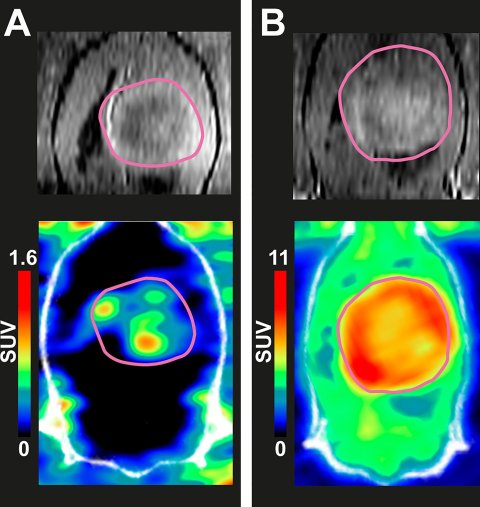
Image source: Miner et al., Frontiers in Immunology 2023 (CC BY 4.0)
According to research group leader and InFLAMES* PI Professor Anne Roivainen, this presents an especially exciting target for potential future treatments. “Our results show an average of 100-fold increase in folate-based radiopharmaceutical accumulation in glioma tissue versus that of adjacent healthy brain tissue”, says Professor Roivainen.
Glioma brain tumours originate from the non-neuronal glial cells in the brain, which outnumber neurons in quantity. Gliomas comprise numerous subgroups, with even a high degree of morphological and receptor variability within a single cancerous lesion. This exceptional cellular heterogeneity can make treatment difficult. There is an urgent need for new chemotherapy treatments particularly for the most malignant brain cancers as they often grow in an infiltrative web-like manner on their periphery making distinguishing the boundaries between glioma and non-glioma difficult. The researchers at the Turku PET Centre hope that this recent discovery will lead to further investigation into folate-targeted brain tumour detection and treatment.
The results were obtained in a multidisciplinary joint project involving researchers from the Turku PET Centre at the University of Turku, Turku University Hospital, InFLAMES Research Flagship, and collaborators from Purdue University, USA. The glioma samples were obtained from the Auria Biobank.
The studies have been supported by grants from the Jane and Aatos Erkko Foundation, the Research Council of Finland, the Finnish Cultural Foundation, Drug Research Doctoral Programme of the University of Turku Graduate School, and the doctoral programme of the InFLAMES Flagship. The study is published in the journal Frontiers in Immunology.
*InFLAMES Flagship is a joint initiative of University of Turku and Åbo Akademi University, Finland. The goal of the Flagship is to integrate the immunological and immunology-related research activities to develop and exploit new diagnostic and therapeutic tools for personalised medicine. InFLAMES is part of The Research Council of Finland Flagship Programme.
Source: University of Turku
16.06.2023



